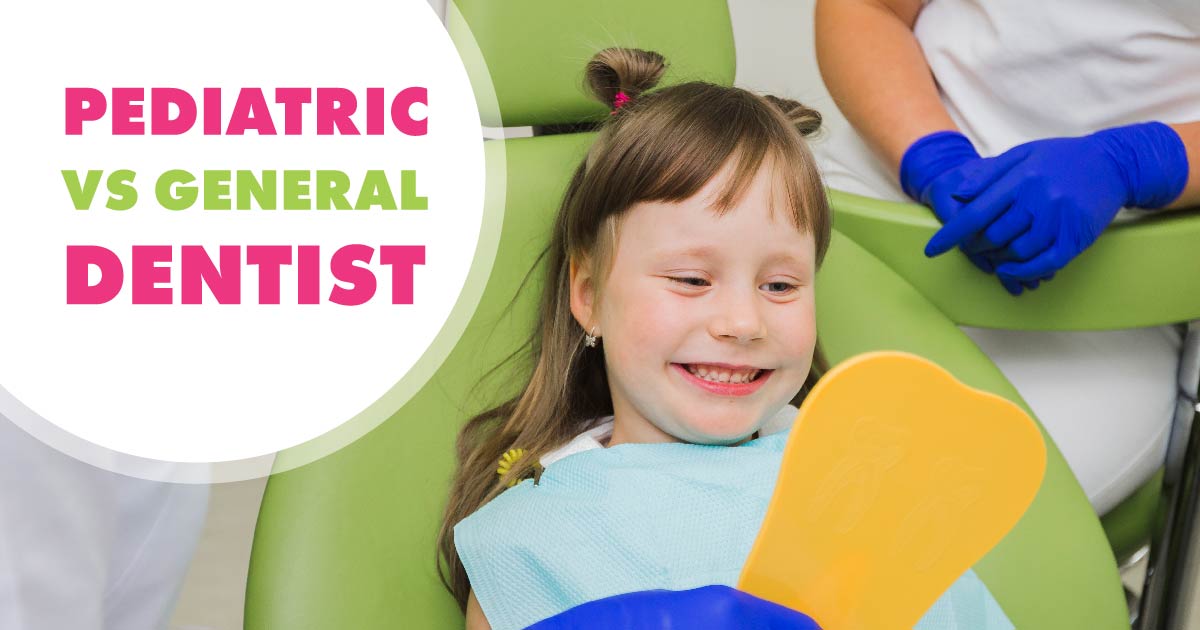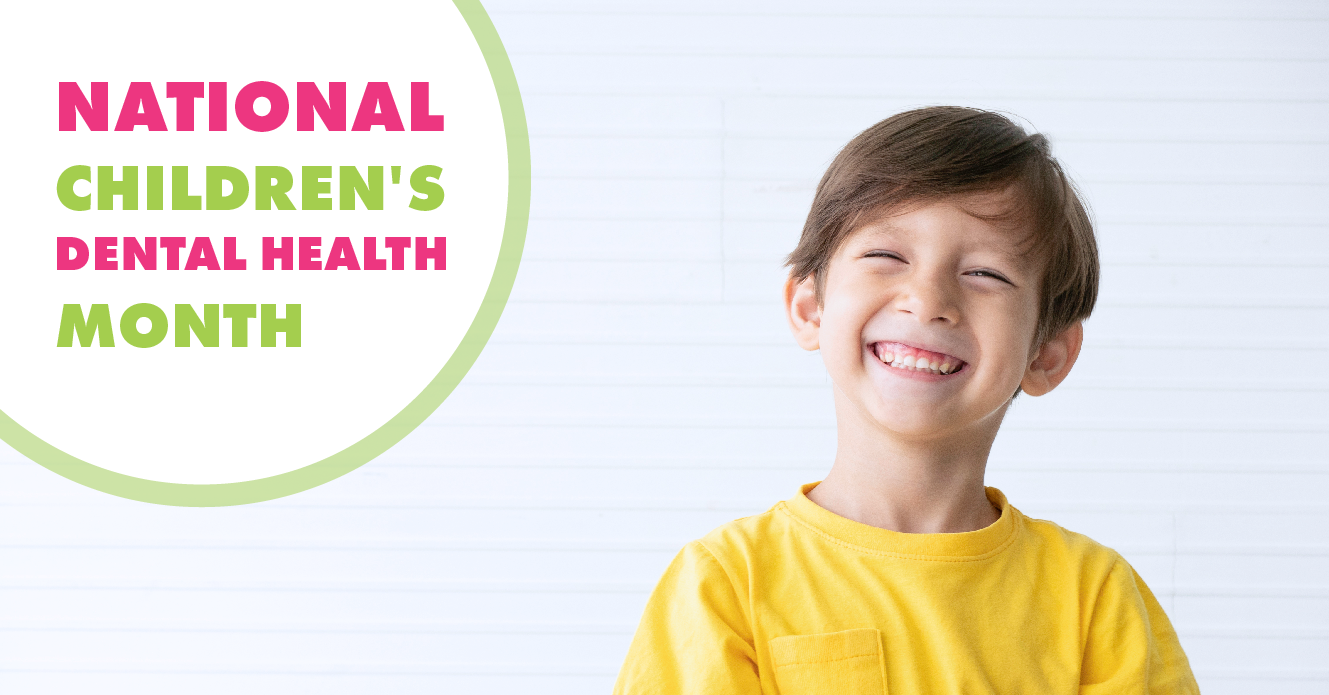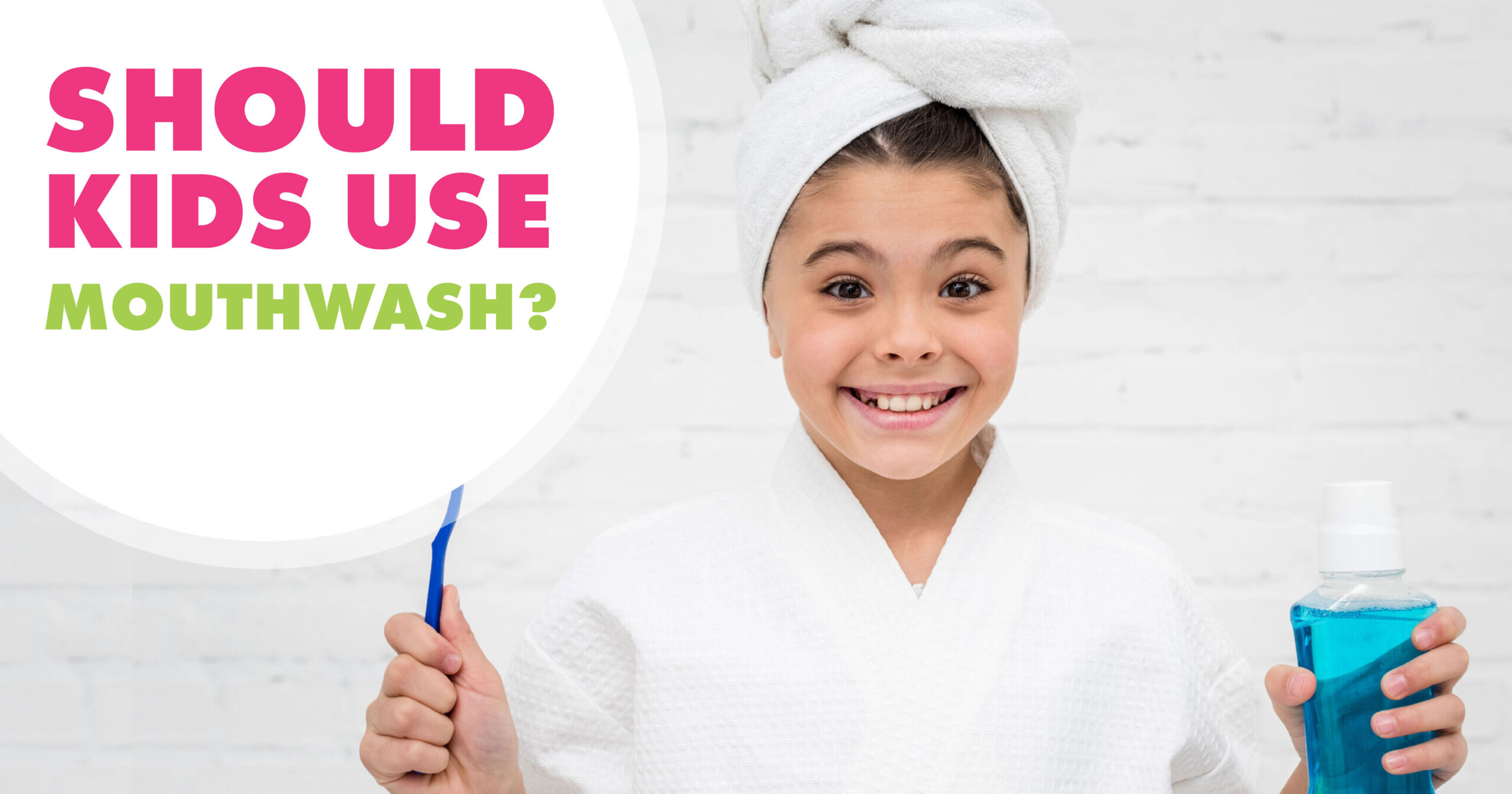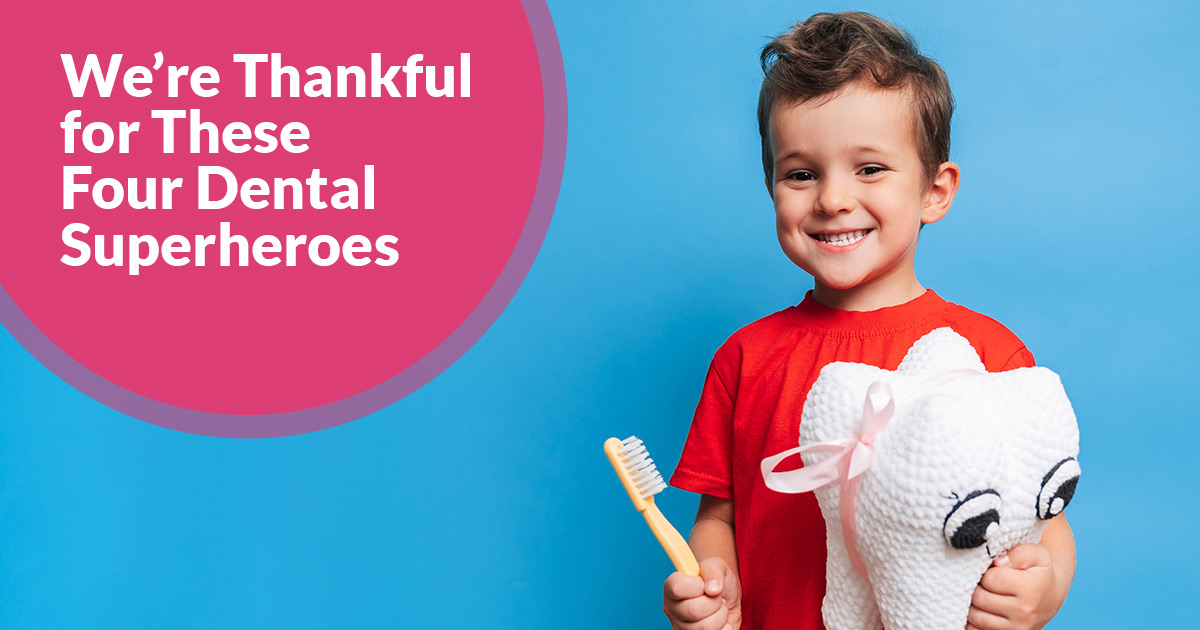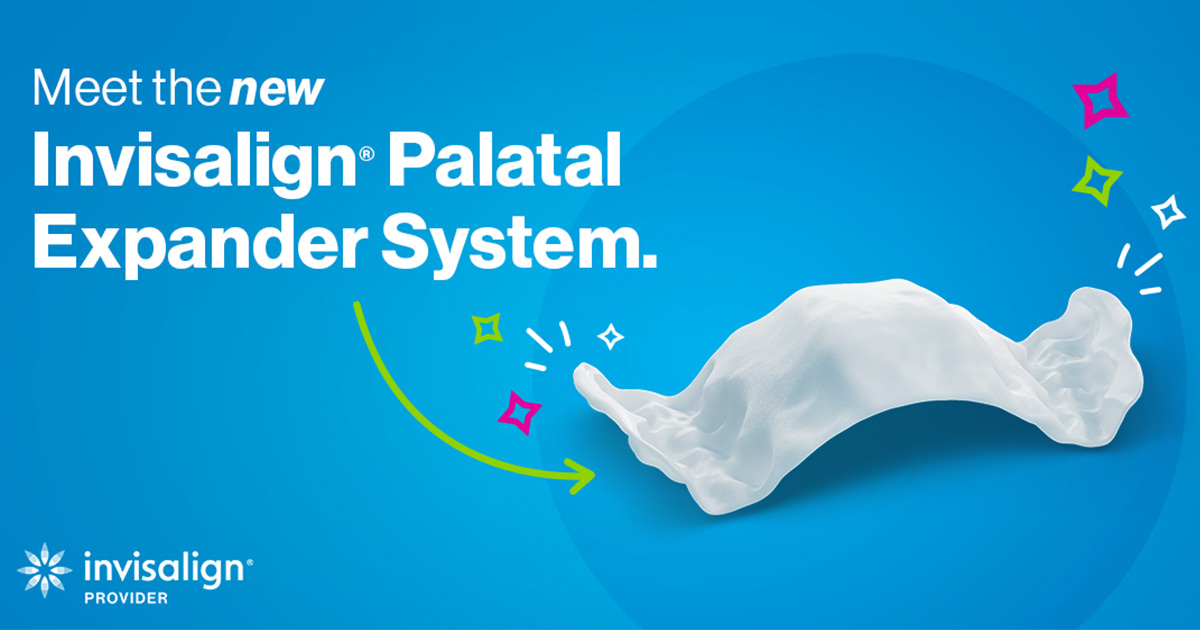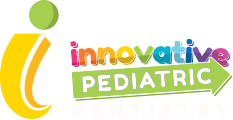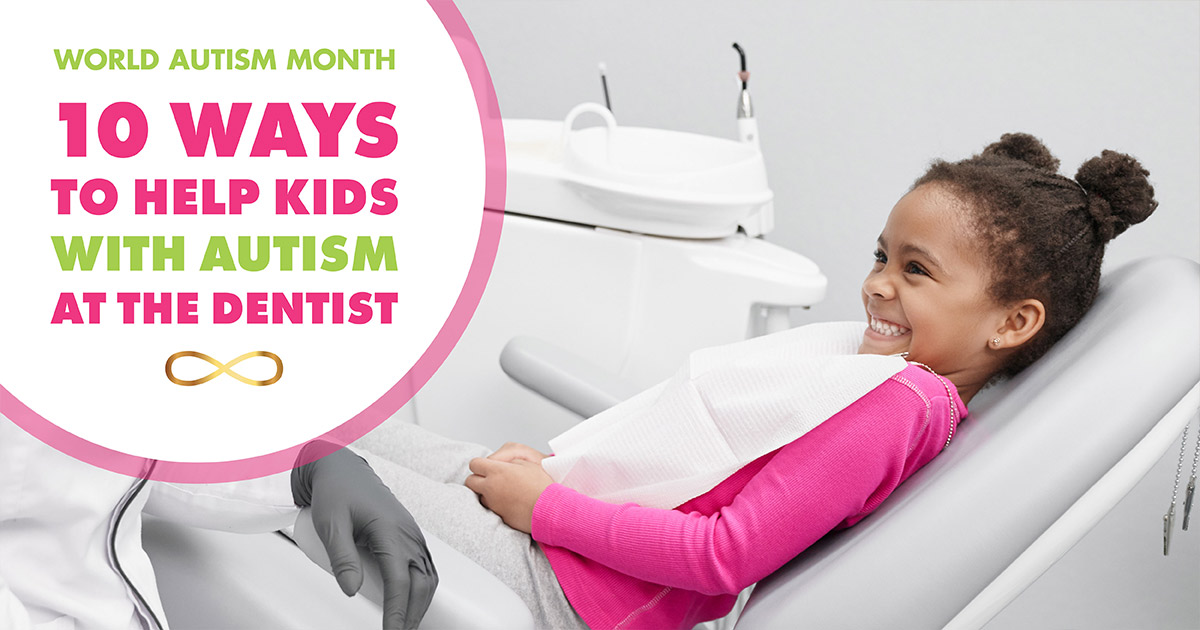
April is World Autism Month, a time to celebrate neurodiversity and advocate for inclusivity, including in dental care. For families of children with autism spectrum disorder (ASD), a visit to the dentist can sometimes feel overwhelming. But with the right approach and an experienced team, it doesn’t have to be.
While there isn’t a recognized dental specialist known as an “autism dentist,” pediatric dentists receive extensive training in treating children with special healthcare needs, including ASD.
At Innovative Pediatric Dentistry, our team is well-versed in behavioral techniques, sensory accommodations and high-tech tools that support more efficient, comfortable visits.
There are also things parents or guardians can do to make going to the dentist for kids with autism easier. In this post, we’re sharing 10 tried-and-true tips.
1. Establish a Dental Home Early
The American Academy of Pediatric Dentistry recommends that children visit a dentist by their first birthday. Establishing a dental home early helps build familiarity and trust with the dental team, making future visits smoother. Pediatric dentists, like those at Innovative Pediatric Dentistry, are uniquely trained to treat growing smiles and create a supportive, fun experience tailored to each child.
Another benefit of having a dental home is that the dentist can identify a child’s risk of cavities at a young age and create an appropriate preventive care plan. Prevention is key for all children, but especially those with healthcare needs that would make undergoing extensive dental treatment difficult.
2. Choose an Autism-Friendly Dentist
While it can be tempting to Google “autism dentist near me” and go with the first option, look at the dentist’s website and reviews to ensure you choose an experienced provider. The truth is, that not all dental offices are the same. An autism-friendly dentist will go beyond clinical care to provide an environment that feels safe, predictable and calming.
At our Naperville practice, our team has advanced training in working with children who have a wide range of needs, including ASD, ADHD, anxiety, Down syndrome, sensory processing disorders, and more. We offer:
- Behavior guidance techniques customized to your child
- Gentle communication and visual cues
- A warm, welcoming office filled with kid-friendly touches
- Sensory accommodations (i.e., a private treatment room, appointments at times when the office is quiet, breaking up visits into multiple shorter appointments, etc.)
- Sensory-friendly dental technology, such as:
- NOMAD Digital X-Ray Device With Pediatric Sensors – No need to be left alone for x-rays or deal with uncomfortable bitewings
- DEXIS CariVu™ – Radiation-free cavity detection using near-infrared light
- iTero® Digital Scanner – No goopy impressions or gagging
- Dry Shield – A soft, kid-sized tool that keeps the mouth dry and reduces the need for hands in the mouth
- Diode Laser – A gentle, needle-free solution for certain procedures
- Personalized care that respects each child’s preferences and comfort level
- Optional dental sedation if needed, including nitrous oxide and in-office general anesthesia
3. Use Social Stories
Social stories can be incredibly helpful in preparing a child with autism for their dental visit. These simple, visual stories walk kids through what to expect during their appointment, from checking in at the front desk to sitting in the exam chair.
There are tons of excellent dentist social story resources available online, or you can create a personalized one using real photos of your child and the dental office. We’re happy to provide visuals from our office to help make this even easier!
4. Let Your Child Know About the Appointment in Advance
A change in routine can be tough for those with ASD. Let your child know about the appointment well in advance so they’re not caught off guard. You might even want to put the appointment on the calendar so your child has a visual cue.
5. Read Books or Watch Videos About Going to the Dentist
Another great way to prepare a child with autism for going to the dentist is to read books or watch videos about it. When kids see their favorite characters have a positive dental experience, it can alleviate some anxiety. Need recommendations? Check out our blog post: 7 Perfect Books to Read During Children’s Dental Health Month.
6. Role Play the Dental Visit at Home
Role-playing is an excellent tool to help a child understand what will happen at the dentist and build up their tolerance for letting someone look in their mouth. You can pretend to be the dentist by putting on a pair of disposable gloves and having your child lie back on the couch. Maybe the first time, that’s all you do.
Over the course of several days, gradually introduce your child to each successive step. For example, next, have them open their mouth, followed by allowing you to count their teeth.
7. Let the Dental Office Know What Your Child Needs
Don’t hesitate to share your child’s needs with the dental team, whether that’s scheduling an appointment during quieter hours, requesting a private room or minimizing conversation during treatment.
At Innovative Pediatric Dentistry, we’re more than happy to make accommodations to ensure your child feels safe and supported. If a practice isn’t willing to meet your child where they are, it may be time to seek out a more experienced pediatric dentist for kids with autism.
8. Schedule a “Practice Visit”
Before your child’s first appointment, consider scheduling a no-pressure tour or meet-and-greet with the dental team. This allows your child to get familiar with the space, equipment and faces they’ll see again.
Many pediatric dentists for autism offer desensitization visits, where kids can ease into the dental experience over several short sessions.
9. Incorporate Comfort Items and Coping Tools
When you’re searching for a dentist for kids with autism, ask if the office allows accommodations like:
- Noise-canceling headphones or sunglasses
- Weighted blankets or vests
- Favorite toys or videos during treatment
- Minimal talking during the procedure
- Hand mirrors so kids can watch what’s happening
At our Naperville practice, we encourage families to bring anything that will help their child feel more relaxed.
10. Use Positive Reinforcement
Positive reinforcement is highly effective, which is why at Innovative Pediatric Dentistry, we give kids prizes at every visit. To compound the effect, try planning something enjoyable for your child after the appointment, such as going to a place they love or making their favorite meal. Not only does this give your kiddo something to look forward to but it also helps them associate dental visits with happiness.
How Do I Find an Autism Dentist Near Me?
When choosing a dentist for children with autism, opting for a pediatric dentist is your best bet. The dentist and team will have training in treating kids with a variety of healthcare needs, which will go a long way in creating a positive, empowering experience.
Looking for a dentist for kids with autism in Naperville? Innovative Pediatric Dentistry has you covered. Whether it’s your child’s first visit or you’re searching for a provider who truly understands the needs of kids on the spectrum, we’re here to help.
Book an appointment or a no-pressure meet-and-greet today!

